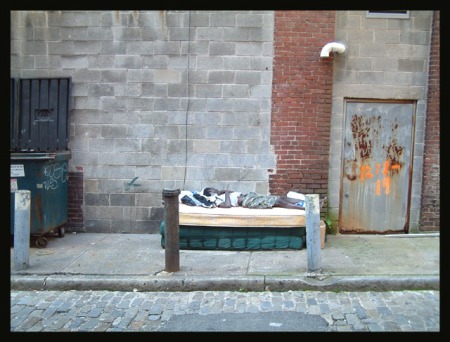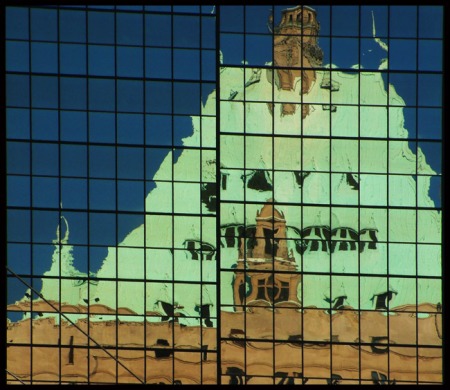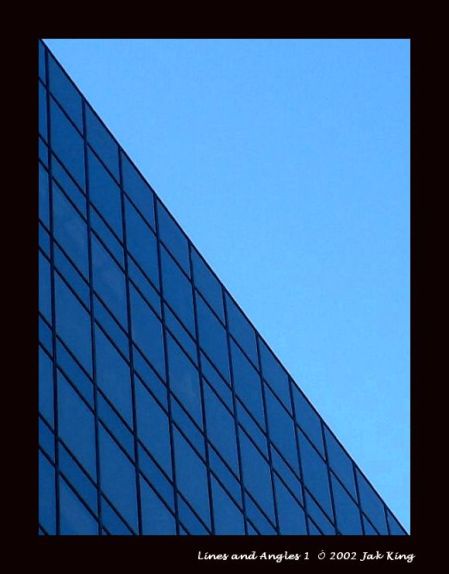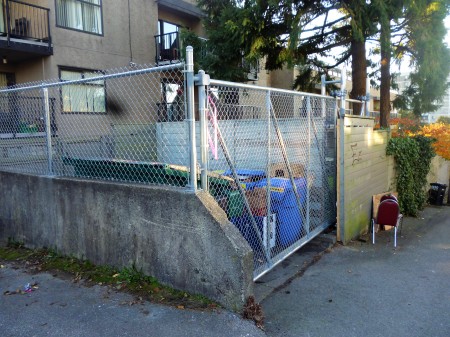A couple of weeks back, I wrote a piece about the 2022 civic election that touched on the troubles within the Non-Partisan Association (NPA). Since then, their problems have exploded into the public’s consciousness with a fury I am sure they never expected.
On January 21st, the Tyee published an article entitled “Worries Rise that NPA Board Could Run Extremist Candidates in 2022,” which expanded on some of the issues I had raised and featured details about Angelo Isidorou, a recently empaneled NPA Director. Isidorou was photographed at a 2017 protest wearing a MAGA hat and flashing a hand signal widely recognized as a symbol of white power.
This was far from the first instance of right-wing extremism shown by the current NPA Board. Director Wes Mussio has strongly criticized mask-wearing, and has used Trumpian insults to describe BC’s pandemic response, preferring to live in Florida rather than Vancouver. Christopher Wilson, who used to work for the extremist right-wing Rebel Media outfit, suggested last year that residents should harass homeless people whom he called “lowlifes.”
Isidorou and Mussio were added to the NPA Board last November when two more moderates resigned. Councillor Rebecca Bligh had resigned from the NPA Caucus early over similar concerns.
It seemed that the NPA Board had decided to try to ride out the storm by saying nothing about the Tyee article. However, the pressures from both outside and inside the party became too great and a statement was issued that satisfied none of their critics:
“The article is nothing more than part of a clearly co-ordinated smear campaign to besmirch a newly appointed board member, as well as a continued campaign against the conservative persuasion of the board,” the statement said. “It is becoming increasingly clear the smear campaign against the NPA and its board members are designed to distract from the poor governance of the City of Vancouver under Mayor Kennedy Stewart and his progressive allies from COPE, OneCity and the Green party.”
The Tyee responded by pointing out the falsehoods in the NPA statement, and the Vancouver Sun described the NPA statement as “decidedly Trumpian”:
“Mawhinney’s statement didn’t include the expression “fake news,” but it bore a distinctly Trumpian tone, and party leadership seemed to be following the former U.S. president’s template of refusing to answer journalists’ legitimate questions on matters of public interest, with party leadership choosing to attack media coverage deemed unfavourable, without actually refuting anything or citing any inaccuracies.”
With their first response withering on the vine, the NPA released another statement:
“On behalf of the NPA Board, the party denounces racism and discrimination of ALL forms. We are an inclusive political organization and support every citizen of Vancouver.”
Still not good enough, less than two hours later, the NPA’s entire elected 9-person caucus (described by the Breaker News as “dominated by liberal women” in contrast to the board “dominated by conservative men”) demanded that the NPA call an AGM to elect a Board that would “reflect the values of the elected caucus, long held ideals of the organization, membership, and the diversity of our city and residents.”
The following day, in an interview with Lynda Steele, Councillor Sara Kirby-Yung announced that an open AGM would be held.
Angelo Isidorou resigned from the Board, said his white power gesture was just “mimicking” Donald Trump, and that he planned to sue both the Tyee and Postmedia.
Tough days for the oldest party in Vancouver. The Sun ran an editorial cartoon which was forwarded to me by one of the party’s previous major donors with a note saying the party was now “a sad joke.”
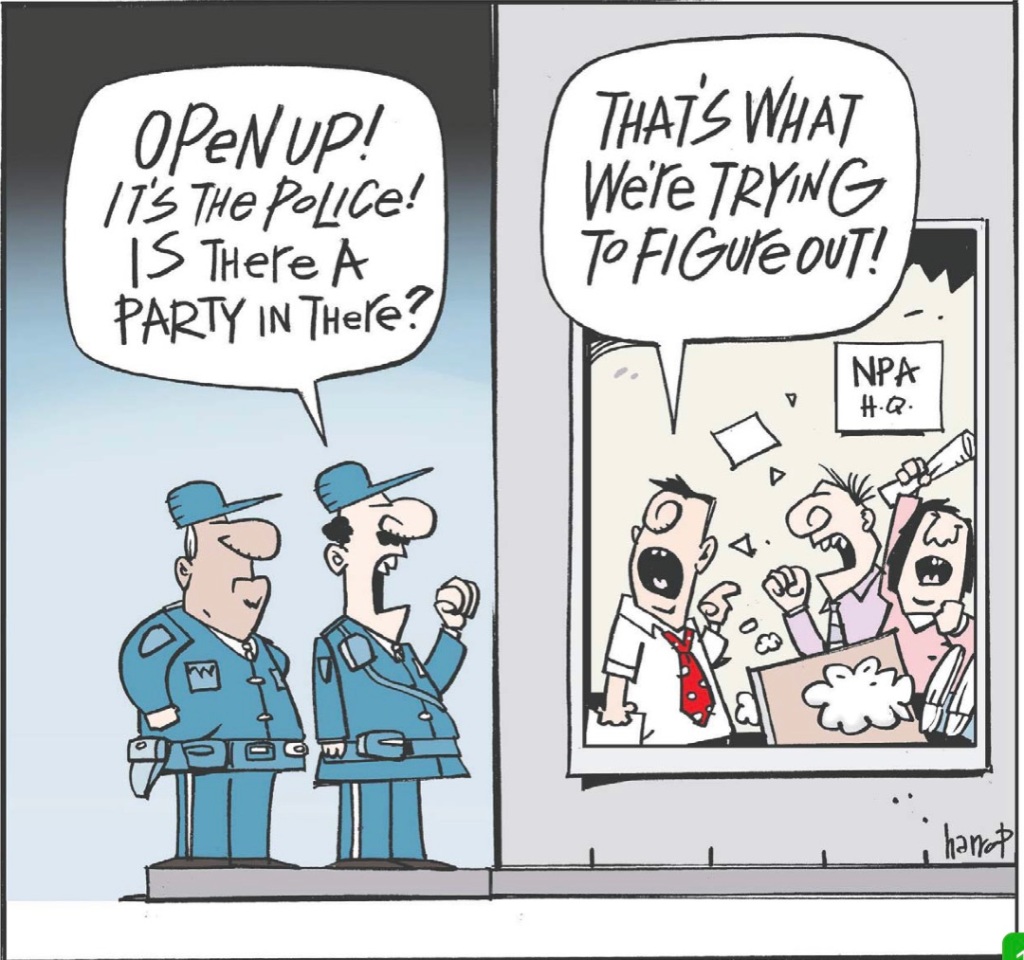



 Posted by jakking
Posted by jakking 

